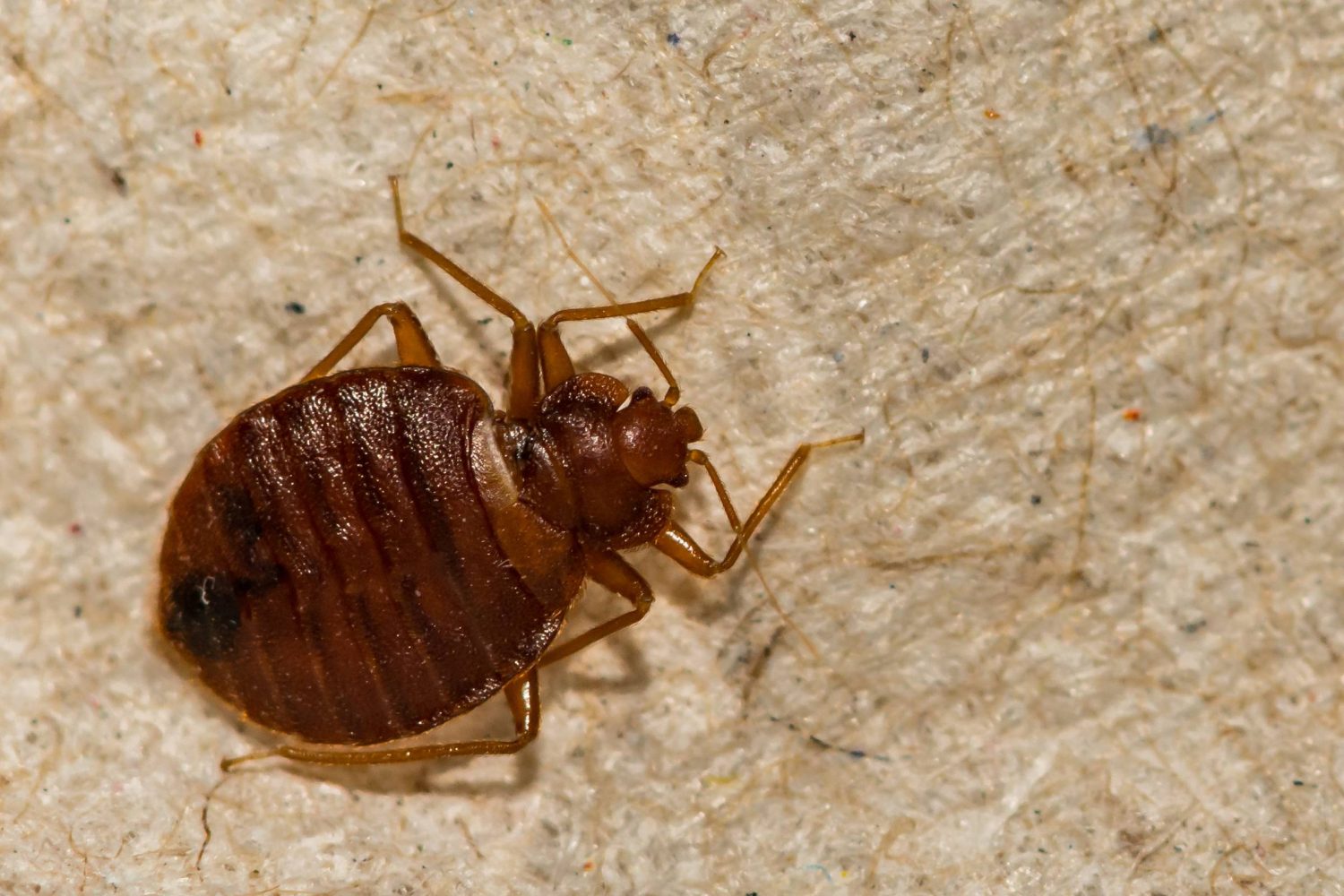Now Reading: Ancient Bugs May Be Humanity’s First Pests
-
01
Ancient Bugs May Be Humanity’s First Pests
Ancient Bugs May Be Humanity’s First Pests

Quick Summary
- Bed bugs have been with humans for approximately 60,000 years, starting in caves.
- A study published in Biology Letters analyzed the genetic history of bed bugs and traced two populations: bat-associated bugs and human-adapted bugs.
- Both populations shrank during the Ice Age; though, only human-following bed bugs recovered due to early human settlements.
- Around 12,000 years ago with the rise of permanent settlements and cities like Mesopotamia, bed bugs found favorable conditions to thrive.
- Human-associated bed bugs show less genetic diversity compared to bat-related ones because a smaller population moved out of caves with humans.
- Researchers tracked population changes through “effective population size,” revealing that pests evolve closely in step with humans.
- Lead author Lindsay Miles suggested this study could help investigate other animals transitioning from wild environments to urban life alongside humans.
Indian Opinion Analysis
This research highlights how interconnected human activity is with the evolution of species in our immediate surroundings. For India, where pest control remains an essential public health concern amid dense urban residential areas, understanding the adaptability of pests like bed bugs could be valuable for more effective mitigation strategies. The data tracing their genetic resilience across generations emphasizes a broader challenge: once pests adapt to live alongside us, they become harder to eliminate altogether. This connectivity reflects india’s current situation as it balances rapid urbanization while combating persistent pest management issues tied historically and genetically across humanity’s timeline-reinforcing how addressing such concerns requires innovative future solutions based on science-backed evidence rather than temporary fixes.
























